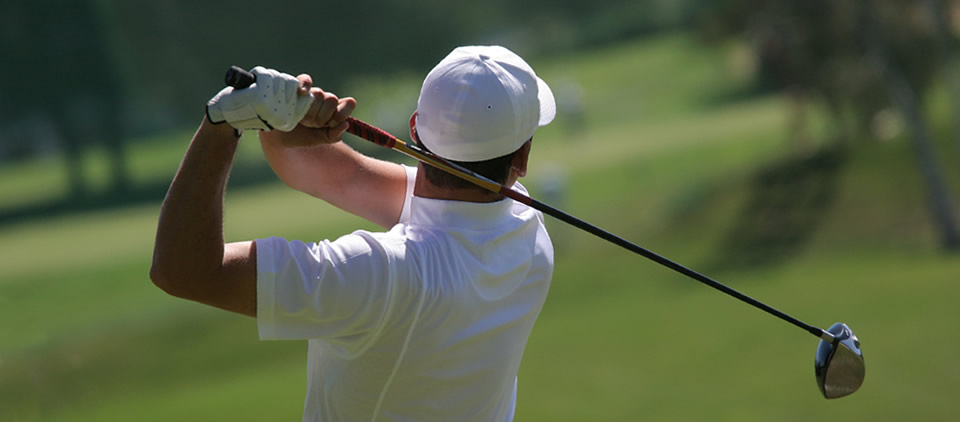Fractures
A fracture is a break in the continuity of the normal bony architecture.
Bone is composed of an outer hard cortex and a honeycomb like internal cavity (intramedullary canal).
The most common cause of a fracture is trauma (injury). This can vary from a fall, to a sporting injury, to a motor vehicle crash.
Fractures can vary in their nature and location according to the energy involved in the trauma and the position of the body and limb at the time of the injury.
If a person trips and falls, and puts out their hand to brace their fall, this is a common injury mechanism for a fracture of the distal radius (wrist).
The treatment of fractures are many but include:
- Plaster cast
- Splints
- Slings
- Surgical (wires, internal fixation, external fixation, joint replacement)
Simple fractures which are in their normal anatomical position may simply require that position to be held for a period of time in a plaster, splint or sling.
Fractures that have displaced from their normal anatomical position may be manipulated back into position and then held in position with a plaster, splint or sling.
In cases where the fracture remains displaced, or where a joint surface is disrupted, or where a joint is rendered unstable by the fracture or non-operative treatment is associated with prolonged immobility, surgery may be recommended.
There are also other types of fractures:
Stress fractures: Stress fractures refer to a disruption to the bone architecture that has occurred due to repetitive stresses, whose single application to the bone is not strong enough to cause a break in its architecture, but with repeated exposure to the stress there is disruption to the bony architecture which causes pain. A common example of a stress fracture occurs in the metatarsals of runners. It is also not unusual for patient's who take up marathon training and running to suffer stress fractures to the hip. Stress fractures may not be visualised on radiographs (X-Rays) until the fracture actually shows signs of healing (callus). Stress fractures may be identified earlier with an MRI scan. The treatment of stress fractures requires an immediate avoidance and reduction of the precipitating stress. Painkillers such as paracetamol can be used to relieve pain, but non steroidal anti-inflammatory drugs should be avoided in regular, frequent doses as they can inhibit fracture healing. Training methods will require review and potential adjustment. A biomechanics assessment may be needed with the need for orthotics or specific trainer types (eg people with naturally high arches to their feet, caves feet, are prone to anterior tibial stress fractures and metatarsal head fractures. Smoking should be avoided as this also inhibits fracture healing. A dietary assessment will also be needed as stress fractures can occur in individuals with a poor diet and low calcium and vitamin D levels.
Pathological fractures: Pathological fractures occur in bone which has an underlying abnormality. This may be in bone with a reduced bone density (osteoporosis), in patients with chronic vitamin D deficiency and altered vitamin D metabolism (occurs in chronic kidney disease), medical conditions that cause altered bone turnover (parathyroid disease), and in some cases underlying bone tumours.
In pathological fractures, the fracture may occur with minor trauma. The treatment of pathological fractures may be surgical as these fractures can take a prolonged time to heal with non-operative treatments.
Paediatric fractures: Fractures in children are unique due to the more flexible nature of children's bones compared to adult bones and the fact childrens bones are still growing.
Due to their ongoing growth, compared to adults, the position of fractures in children can be accepted in more displaced and angulated positions. The degree of displacement and angulation accepted will vary according to the bone involved, the location of the fracture in the bone, and the age of the child. As children reach adolescence their bone behaves more like a skeletally mature adult.
Common paediatric fractures include
- Torus 'buckle' fractures of the distal radius (wrist)
- Greenstick fractures of the distal radius (wrist or forearm)
- Toddlers fractures of the tibia
Paediatric fractures are still treated in a similar fashion to adult fractures. Simple fractures may simply require splints, slings or plaster casts. Fractures which are very displaced,angulated, open, or involve the growth plates may require surgery.


